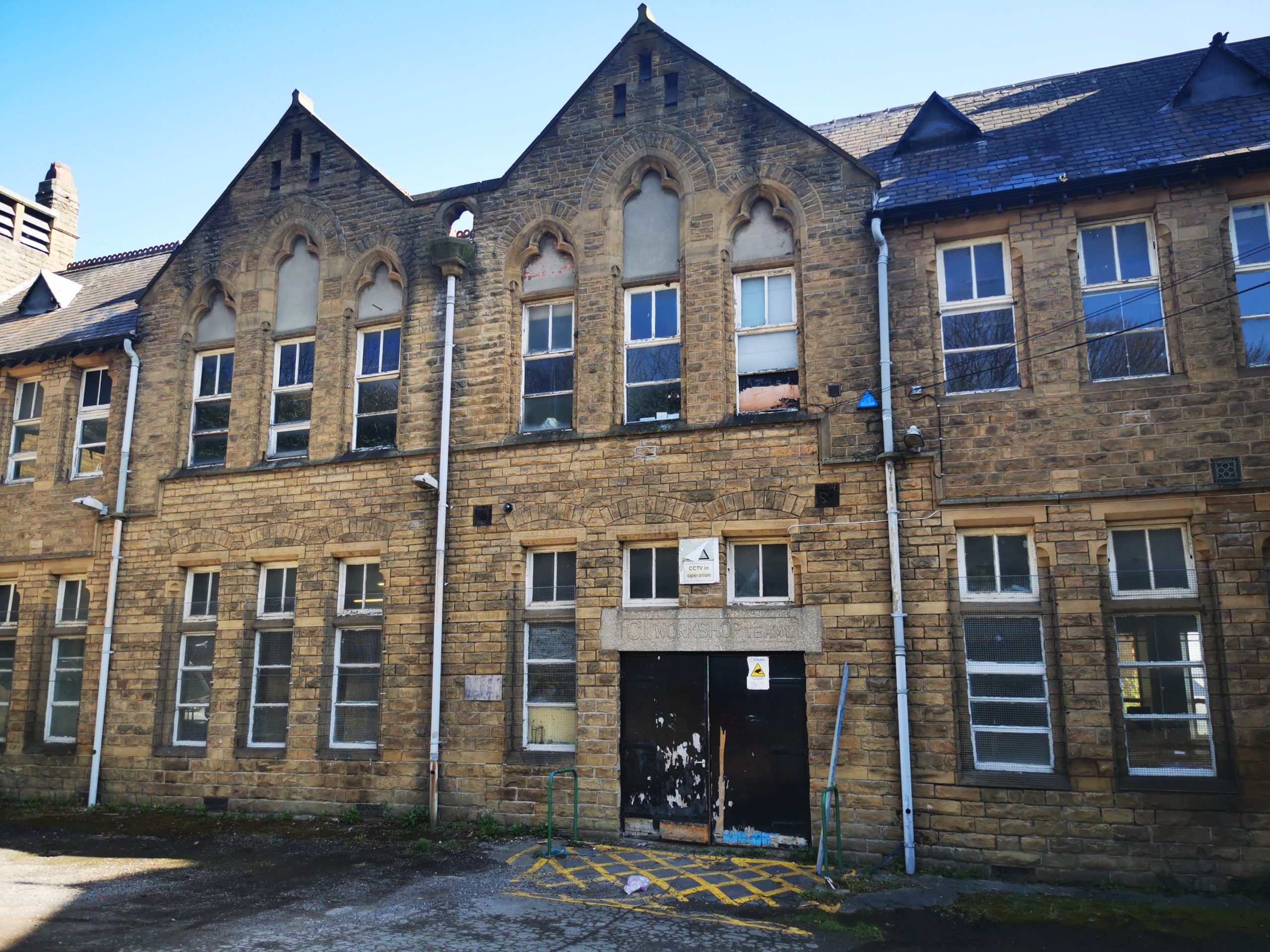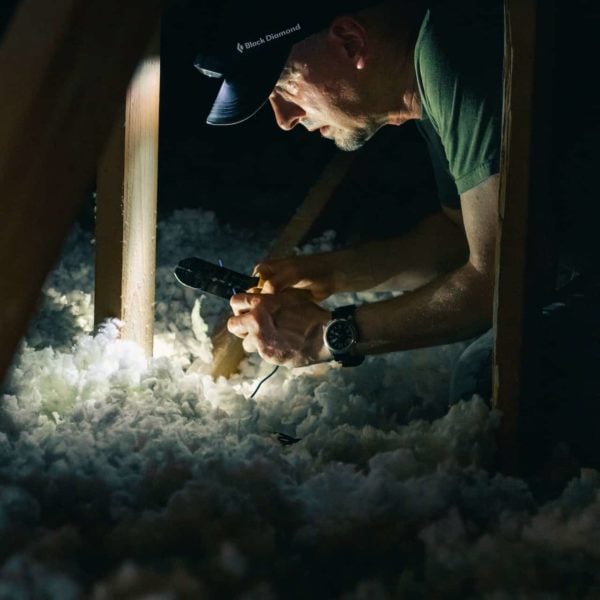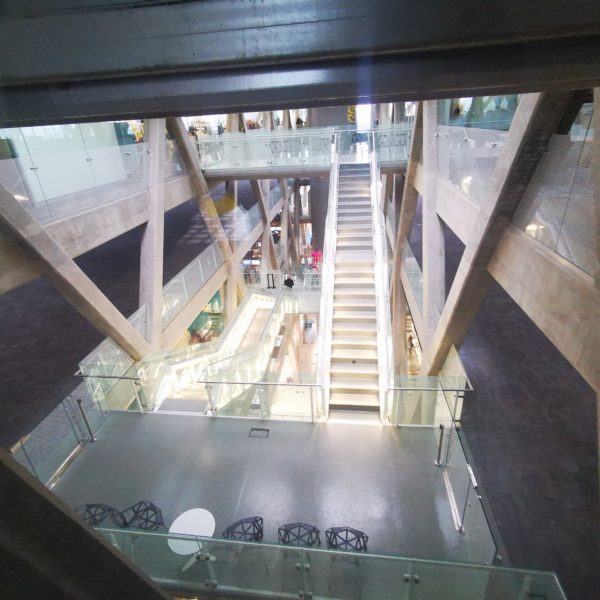When it comes to building conservation, especially for heritage or listed buildings, one principle stands above the rest: minimum intervention. But what does this concept really mean, why is it so widely adopted in conservation work, and is it always the best approach?
This article explores the cost implications, potential drawbacks, alternative conservation strategies, and examples of best-in-class applications of minimum intervention. If you’re considering a conservation project or simply want to understand this principle better, read on.
What Does ‘Minimum Intervention’ in Building Conservation Mean?
In simple terms, minimum intervention means doing only what is necessary to a historic building to ensure its survival and continued use—without altering or damaging its essential character. This could involve careful repairs rather than replacements, or stabilizing features rather than modernizing them.
It is a principle embedded in guidance from Historic England, the Institute of Historic Building Conservation (IHBC), and The Society for the Protection of Ancient Buildings (SPAB).
1. Cost and Price: Is Minimum Intervention More Affordable?
At first glance, minimum intervention might seem like a budget-friendly approach. After all, you’re doing less, right? But the reality is more complex.
Pros:
- Lower material costs: Since you’re preserving original features, fewer new materials are needed.
- Less invasive labour: Work is often limited to key structural elements.
Cons:
- Specialist conservation skills cost more: Craftspeople with conservation expertise often charge higher rates.
- Time-consuming assessments: Careful analysis before making any changes can add to initial fees.
2. What Could Go Wrong? Drawbacks of Minimum Intervention
While widely praised, minimum intervention is not without risks.
Common issues:
- Hidden structural problems may go undetected or worsen.
- Inadequate intervention could lead to more expensive repairs later.
- Aesthetic concerns: Sometimes minimum intervention results in buildings that still look “run down” to the untrained eye.
3. Comparisons: Minimum Intervention vs Other Conservation Approaches
It’s essential to compare minimum intervention with other common building conservation strategies to understand its strengths and limitations.
| Approach | Description | When It’s Best |
|---|---|---|
| Minimum Intervention | As little work as necessary to stabilise and preserve | When original features are mostly intact |
| Restoration | Returning a building to a previous state using like-for-like materials | When historic appearance is a priority |
| Reconstruction | Rebuilding lost features using modern or traditional techniques | For severely damaged structures |
🛠️ Other comparisons people search:
- minimum intervention vs full restoration
- which type of conservation survey is best?
- should I choose a conservation architect or a building surveyor?
4. Best in Class: Minimum Intervention Done Right

Case Study: St Mary’s Church
A medieval church showing signs of damp and timber decay was stabilised through subtle repairs using lime mortar, traditional carpentry, and careful monitoring—preserving its character and avoiding invasive interventions.
Key elements of successful projects:
- Thorough heritage surveys
- Use of breathable materials like lime render
- Ongoing monitoring plans rather than drastic alterations
Why Does Minimum Intervention Matter?
Because every intervention risks erasing historical authenticity. Minimum intervention protects historical fabric, authentic character, and original craftsmanship, which cannot be replaced once lost.
It also aligns with sustainability goals, reducing waste and resource use—something more homeowners, developers, and conservation bodies are prioritizing.
Choosing the right conservation method depends on many factors: the condition of your property, your budget, and the long-term goals of your project. While minimum intervention in building conservation often represents the most sensitive and sustainable approach, it requires careful planning, expert guidance, and sometimes, a higher up-front investment.
If you’re considering minimum intervention for a listed or historic building, speak to a qualified conservation surveyor or architect to ensure your approach matches both regulatory guidance and best-in-class practices.
Why Work With Us?
At Fourth Wall Heritage, we provide a comprehensive range of services designed to support sensitive and sustainable conservation projects across the UK. We specialise in minimum intervention techniques, helping owners and custodians of historic buildings to protect, preserve, and plan with precision.
Here’s what we offer:
Heritage Building Surveys
Detailed assessments of listed and historic properties to identify risks, damage, and appropriate conservation actions — always with minimal intervention as the starting point.
Conservation Management Plans (CMPs)
Strategic documents that outline the significance of a building and recommend proportionate intervention, tailored to each site.
Listed Building Consent Advice
We guide clients through the complexities of listed building applications, ensuring proposals meet local authority and national policy requirements.
Condition Reports
Technical reports identifying deterioration, material failure, or historic defects, essential for determining when minimum intervention is viable.
Specification & Tendering Support
We specify traditional materials and low-impact repair techniques, and work with trusted craftspeople to deliver projects that meet conservation standards.
Historic Fabric Analysis
Understanding what materials, methods, and timelines lie behind your building’s construction is key to deciding how much (or how little) to intervene.
Design Collaboration for Adaptive Reuse
For clients converting heritage buildings for new use, we ensure all changes remain reversible, sensitive, and low-impact.
Enquire today to discuss your siteFrequently Asked Questions About Minimum Intervention in Building Conservation
What does ‘minimum intervention’ mean in building conservation?
‘Minimum intervention’ is a conservation principle where only essential work is carried out on a historic building to preserve its character and integrity. Rather than replacing or extensively restoring features, the aim is to stabilise, repair, and retain original materials wherever possible.
Is minimum intervention cheaper than full restoration?
Not always. While it often involves fewer materials and less structural change, minimum intervention typically requires specialist heritage professionals, bespoke repair techniques, and detailed preliminary surveys, which can increase initial costs. Over time, however, it can be more cost-effective due to reduced impact and longer-lasting preservation.
What are the benefits of minimum intervention?
- Preserves historical authenticity
- Reduces environmental impact
- Complies with heritage regulations
- Minimises risk of damaging original fabric
- Avoids over-modernisation of heritage sites
What are the risks of minimum intervention?
- Underlying damage may remain untreated
- May require more frequent inspections or maintenance
- Aesthetic outcomes might not satisfy owners wanting a ‘finished’ look
- Some insurance companies may prefer more robust repairs
When is minimum intervention the best option?
It’s ideal when:
- Original features are still structurally sound
- You’re working with Grade I or Grade II listed buildings
- The aim is conservation over transformation
- You’re complying with planning or listed building consent conditions
How does minimum intervention compare with restoration or reconstruction?
| Method | Key Focus | When It’s Used |
|---|---|---|
| Minimum Intervention | Stability & authenticity | Early-stage decay, light repairs |
| Restoration | Returning to a former appearance | When historical aesthetics are lost |
| Reconstruction | Rebuilding missing parts | Major loss or collapse of structure |
Do I need a conservation architect or surveyor for minimum intervention?
Yes. A qualified building conservation surveyor or heritage architect will assess what work is necessary and legally permitted. This is critical, especially for listed buildings, where unauthorised repairs can lead to fines or legal issues.
Is minimum intervention a legal requirement?
Not strictly, but it is strongly recommended by bodies like Historic England and local planning authorities. It is often expected for listed buildings as part of good conservation practice and is typically required to obtain planning permission for repair work.









